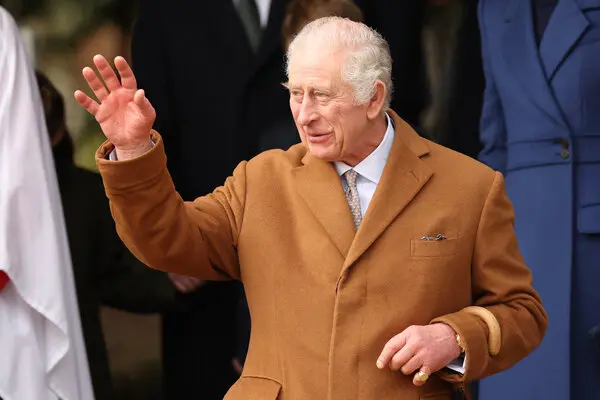The British Royal Family finds itself at a significant juncture as King Charles III undergoes treatment for cancer, prompting discussions about the distribution of royal duties and the succession plan. With the monarch’s health condition in focus, attention turns to the dynamics within the royal family and the potential impact on the continuity of public engagements.
King Charles III, who ascended to the throne following the passing of Queen Elizabeth II on September 8, 2022, faces a challenging period as he navigates his cancer health battle. His reign extends not only over the United Kingdom but also over several other Commonwealth realms, adding complexity to the responsibilities he shoulders.
The composition of the working royals has evolved over time, with Prince Harry’s relocation to the United States and Prince Andrew’s withdrawal from public engagements due to his associations with Jeffrey Epstein. This has resulted in a streamlined roster of active members, with individuals such as Princess Anne and Prince Edward, Duke of Edinburgh, alongside his wife Sophie, expected to play pivotal roles in carrying out royal duties.
The scope of royal duties encompasses a diverse array of activities, including visits to community initiatives, hosting dignitaries, and representing Britain on foreign visits. These engagements serve as a cornerstone of the monarchy’s public-facing role and contribute to the strengthening of diplomatic and economic ties both domestically and internationally.
In the absence of King Charles, the question arises regarding who will assume his responsibilities and act as Counsellors of State. While there are no immediate plans to appoint counsellors, potential candidates for this role include Queen Camilla, Prince William, Prince Harry, Prince Andrew, Princess Beatrice, Princess Anne, and Prince Edward. These individuals would be entrusted with carrying out key functions on behalf of the monarch, ensuring continuity in governance and decision-making.
The issue of succession looms large amidst King Charles’s health struggle, with Prince William positioned as the heir to the throne. Following the principles outlined in the British constitution, succession occurs seamlessly upon the predecessor’s demise, with no gap in leadership. Prince William’s children—Prince George, Princess Charlotte, and Prince Louis—follow in the line of succession, underscoring the generational transition within the royal family.
The top 10 in the line of succession reflect the intricate web of familial connections and birth order, with individuals ranging from direct descendants to more distant relatives. This hierarchical structure ensures clarity and stability in the line of succession, providing a framework for the monarchy’s future leadership.
As the royal family navigates this period of transition and uncertainty, the resilience of its members and the institution as a whole come into focus. The ability to adapt to changing circumstances and uphold the traditions and values of the monarchy remains paramount, even in the face of health challenges and shifting public expectations.
The British Royal Family finds itself at a critical juncture as King Charles III receives treatment for cancer. With discussions surrounding the distribution of royal duties and the intricacies of succession, the family must navigate this period with grace and resilience, ensuring continuity in its public-facing role and upholding the values of tradition and service that define the monarchy.














